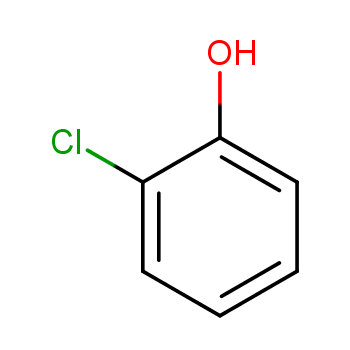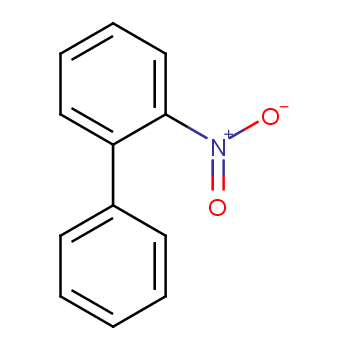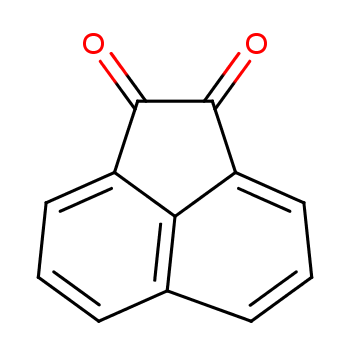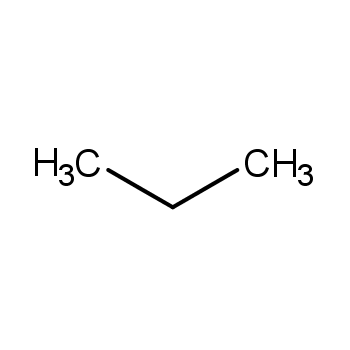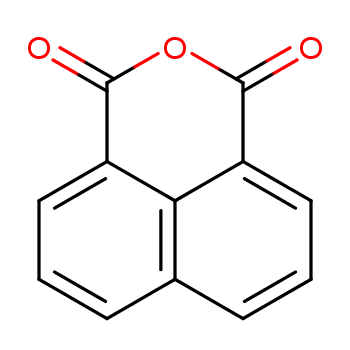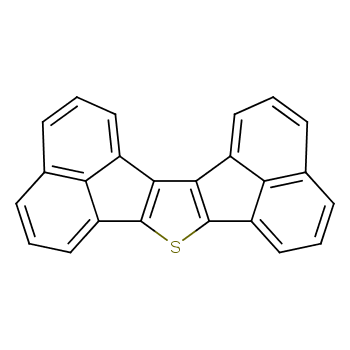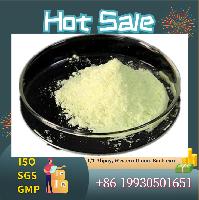Acenaphthylene is a PAH with three aromatic rings. It is an intermediate chemical forthe manufacture of dyes, soaps, pigments, pharmaceuticals, insecticides, fungicides,herbicides, plant growth hormones, naphthalic acids, naphthalic anhydride (pigments),and acenaphthylene (resins) and is used to manufacture plastics. The largest emissionsof PAHs result from incomplete combustion of organic materials during industrialprocesses and other human activities. These include (1) processing of coal, crudeoil, and natural gas, including coking, coal conversion, and petroleum refining; (2)production of carbon blacks, creosote, coal tar, and bitumen; (3) aluminium, iron, andsteel production in plants and foundries; (4) heating in power plants and residencesand cooking; (5) combustion of refuse; (6) motor vehicle traffic; and (7) environmentaltobacco smoke.
View more+
1. Names and Identifiers
2. Properties
3. Use and Manufacturing
4. Safety and Handling
5. MSDS
6. NMR Spectrum
7. Synthesis Route
8. Precursor and Product
9. Computed Properties
12. Related Questions
13. Realated Product Infomation

 EN
EN










